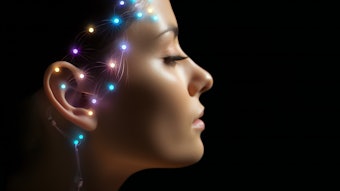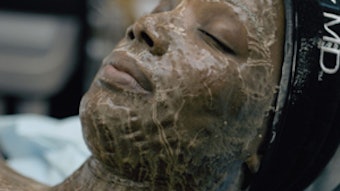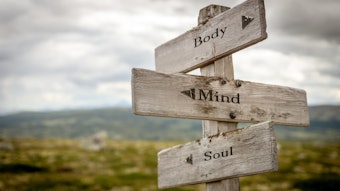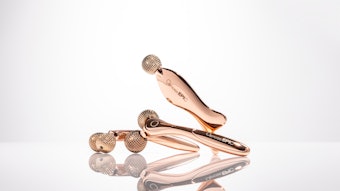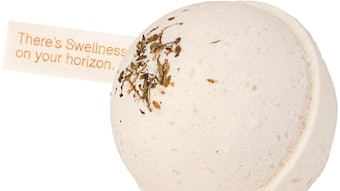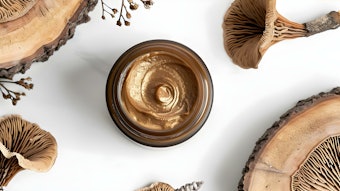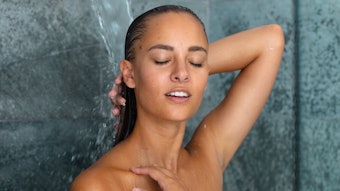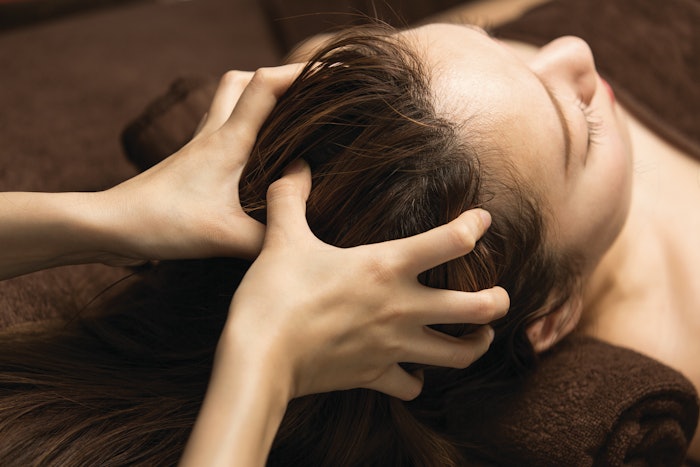
There are many ways to enhance treatments, but one of the simplest and most effective is a great scalp massage. Whether you’re performing a facial, body massage or spa treatment, targeting this area of tension adds an extra layer of client care that can transform an ordinary service into an extraordinary experience.
This article is only available to registered users.
Log In to View the Full Article
There are many ways to enhance treatments, but one of the simplest and most effective is a great scalp massage. Whether you’re performing a facial, body massage or spa treatment, targeting this area of tension adds an extra layer of client care that can transform an ordinary service into an extraordinary experience.
A well-executed scalp massage doesn’t just feel good; it has profound benefits, from reducing stress and muscle tension to improving circulation and supporting hair health. Yet, the scalp is often overlooked in treatments, either rushed through or treated as an afterthought. By giving this area the attention it deserves, you can set yourself apart as a therapist who truly understands the power of great touch.
Why the Scalp Holds Tension
Many people don’t realize how much tension builds up in the scalp. Unlike other areas of the body, where muscles are larger and easier to work on, the scalp consists of a few flat muscles that can become surprisingly tight. When we’re stressed, anxious or concentrating for long periods, we unconsciously engage the muscles of the scalp, forehead and jaw.
One of the most affected areas is the temporalis muscle, a fan-shaped muscle on the sides of the head. It plays a critical role in jaw movement and is constantly engaged when we chew, bite or clench our teeth, something many people do unknowingly.
Another key player is the frontalis muscle, which covers the forehead and extends into the scalp, blending into the galea aponeurotica, a thick fibrous sheath covering the scalp. At the opposite end of this sheath lies the occipitalis muscle, which attaches to the galea aponeurotica and inserts on the superior nuchal line of the occiput. This creates a tension network across the scalp, meaning tightness in one area, whether from stress, posture or habitual movements, can radiate across the entire head.
The Benefits of Scalp Massage
Scalp massage is about more than relaxation. It has multiple physiological benefits, making it a valuable addition to any esthetician or spa therapist’s toolkit.
Reduces Stress and Promotes Relaxation
Scalp massage stimulates the parasympathetic nervous system, triggering a calming response that lowers stress levels. Many clients report a meditative sense of relief afterward.
Relieves Muscle Tension and Headaches
Because of its connection to the jaw and facial muscles, scalp massage can alleviate tension headaches and some migraine symptoms. Focusing on the temporalis and occipital region helps release built-up tension and provides much-needed relief.
Improves Circulation and Hair Health
Increased blood flow to the scalp delivers oxygen and nutrients to the hair follicles, supporting healthy hair growth.
Enhances the Client Experience
A well-executed scalp massage can elevate any treatment. Whether incorporated into a facial, body massage or as a standalone service, it leaves clients feeling nurtured and deeply cared for, making them more likely to return.
Mastering the Technique: A 3-Minute Scalp Massage Sequence
To help you incorporate scalp massage seamlessly into your treatments, here’s a simple yet effective 3-minute sequence that you can use with your next client.
Step 1: Stationary Circles Along the Hairline (30 seconds)
Using all fingertips, apply three slow, stationary circles, starting at the center front hairline and moving laterally toward the sides and then to the back of the scalp. This should not be a superficial shampoo-like movement but a deeper technique where you move the skin of the scalp along with the underlying tissue, fascia or muscle.
Step 2: Cradling and Palm Circles (30 seconds)
Turn the client’s head to one side and cradle it with one hand. Using the palm of your free hand, perform stationary circles on the side of the scalp, releasing stored tension.
Step 3: Deep Finger Petrissage on the Occipital Ridge (30 seconds)
Work the base of the skull using deep finger petrissage circles, focusing on:
- Below the occipital bone (suboccipital muscles)
- Directly on the bone (firm but comfortable pressure)
- Over the occipitalis muscle
This is also the attachment site of many upper body muscles and working here even helps release tension in the neck and shoulders. Many clients store tension here, especially those who spend long hours at a computer.
Step 4: Repeat on the Opposite Side (30 seconds)
Turn the client’s head to the opposite side and repeat steps two and three.
Step 5: Alternating Thumb Presses to the Crown (30 seconds)
Begin at the front hairline, placing your right thumb at the starting point. Place your left thumb just behind the right and apply gentle pressure, alternating until you reach the crown. At the crown, press three times before slowly breaking contact to end the massage.
A Small Addition with a Big Impact
A great scalp massage doesn’t take long, but its effects linger. It’s a simple yet powerful way to enhance any treatment, helping clients feel truly cared for while benefiting their overall well-being. Many estheticians find that refining their scalp massage skills leads to better client retention and even higher tips, because when you make someone feel amazing, they’ll always come back.
So, the next time you’re with a client, take a few extra minutes to work on their scalp. That small act of care might be what sets your treatments apart from the rest.
